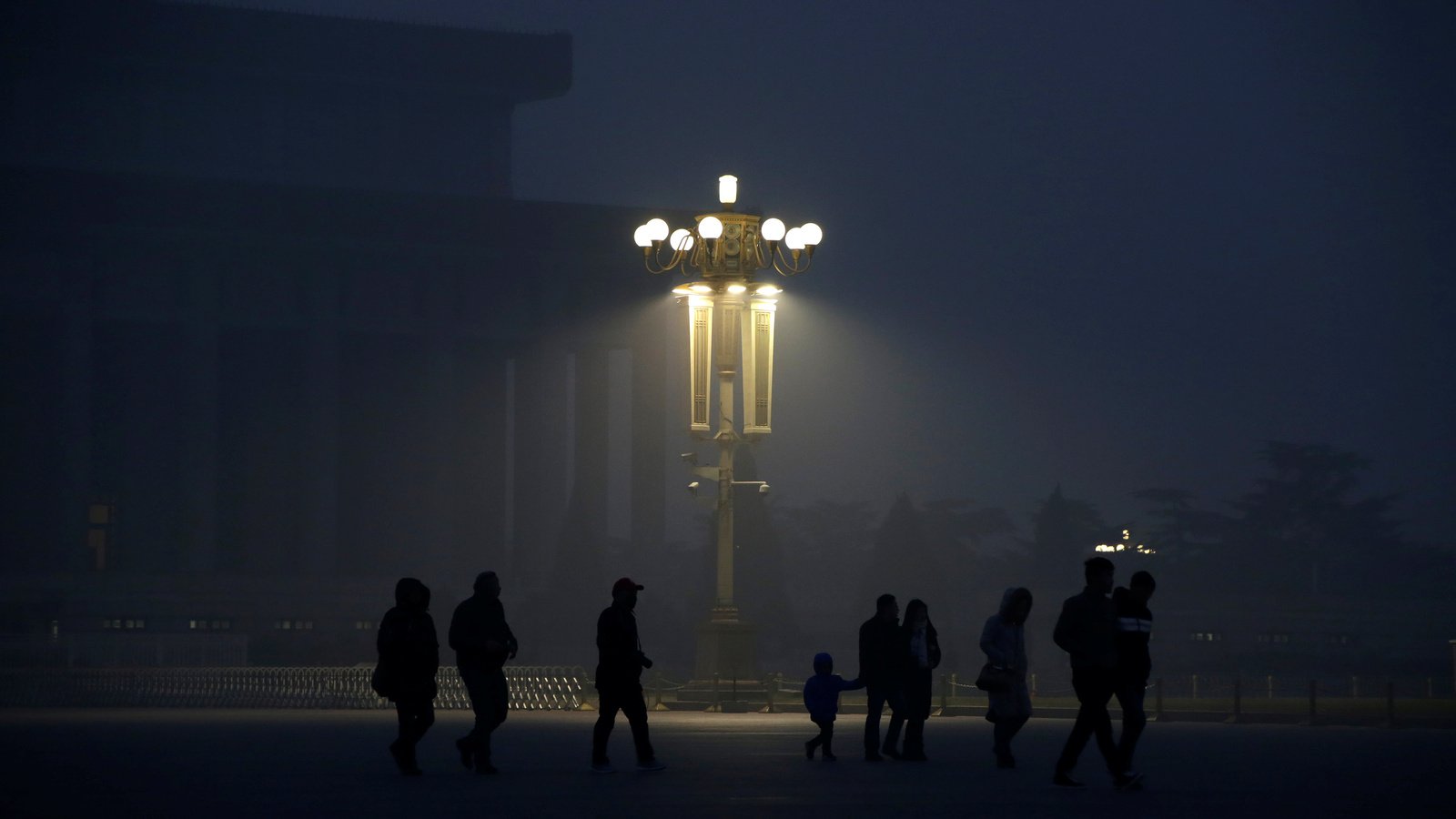
Smog Smothers The Undercity
Residents of Tokyo’s Undercity are grappling with an increasingly severe smog crisis that poses serious health risks and threatens the daily lives of millions. The thick, toxic haze has been lingering for weeks, prompting public health warnings and widespread concern among the population. The smog, a noxious blend of industrial pollutants, vehicle emissions, and airborne particulates, has reduced visibility to mere meters in some areas and created a constant, acrid smell in the air. "It's unbearable," said Kenji Morita, a long-time resident of the Undercity. "Breathing feels like inhaling sandpaper. We’re coughing all the time, and our eyes are constantly burning." Hospitals and clinics in the Undercity are overwhelmed with patients suffering from respiratory issues, exacerbated asthma, and other health problems related to the smog. Dr. Yamashita, a pulmonologist at the Undercity General Hospital, described the situation as dire: "We’re seeing a spike in respiratory illnesses, particularly among the elderly and children. The air quality is hazardous, and prolonged exposure can lead to chronic health issues and even premature death." The Undercity’s layout exacerbates the problem. Built beneath the sprawling metropolis of Tokyo, it traps pollutants that would otherwise disperse in the open air above. The dense population and industrial activities in close quarters further contribute to the concentration of harmful substances in the air. Eclipse, the leading corporation with significant operations in the Undercity, has come under fire for its role in the crisis. Critics accuse the company of prioritizing profit over environmental responsibility. "Eclipse’s factories are some of the biggest polluters," said Argi, a prominent Undercity blogger and activist. "They've been cutting corners on emissions standards for years. Now we’re paying the price." In response, Eclipse has announced plans to reduce emissions and invest in green technologies. However, many residents are skeptical, pointing to a history of broken promises and minimal enforcement of environmental regulations. For now, the people of the Undercity are advised to stay indoors as much as possible, use air purifiers, and wear masks when venturing outside. However, these are temporary measures that do little to address the root cause of the problem. As the smog crisis continues to choke the life out of Tokyo’s Undercity, the call for comprehensive and lasting solutions grows louder. The health and well-being of millions depend on swift and decisive action from both the government and the corporate sector. For ongoing coverage and updates on this critical issue, stay tuned to Undercity Times.